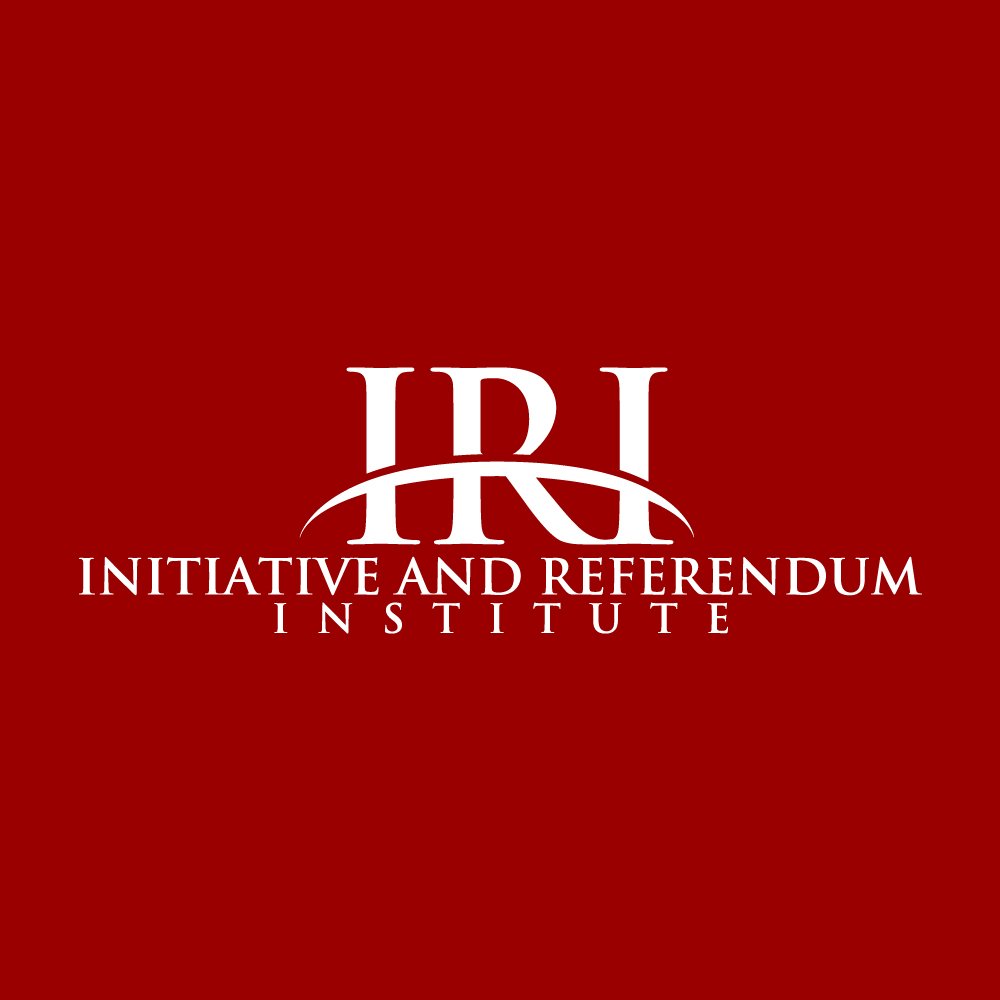Minnesota
Minnesota does not have the initiative or referendum process, although there have been three statewide votes to establish the process, in 1914, 1916, and 1980. In each case, the adoption received more votes in favor than against, but the favorably voted did not satisfy the supermajority requirement. Since 1898, to be ratified a constitutional amendment must receive not only a majority of the votes cast on the measure, but also a majority of all ballot cast in the election (which effectively counts abstentions are no votes.)
The first Minnesota I&R amendment to get through the legislature was on the ballot in 1914 and was approved by a three to one margin, but lost because the "yes" votes were still less than a majority of all the votes cast in the election. In 1916, the legislature passed an I&R amendment again, and voters supported it by a margin of nearly four to one, but those voting in favor were only 45 percent of all voters at the polls, so it lost again. The Progressives decided the following year that the "supermajority" requirement was an "insurmountable obstacle," and apparently gave up.
Sixty years later, the newly elected liberal State Senator Robert Benedict of Bloomington renewed the fight for a statewide initiative process. By April 1978 the three leading candidates in that year's gubernatorial election had endorsed I&R. Republican Al Quie, elected governor in 1978, made I&R the centerpiece of his legislative agenda and by April 1980 had pushed it through the legislature. The state senate approved it 47-13, and the house vote was 86-47.
The beverage industry was the first to organize a campaign against voter ratification of the I&R amendment, out of concern that the process would be used to pass a bottle bill. Industry lobbyists maintained a low profile and encouraged allies from liberal groups (who were upset about a 1978 gay rights vote in St. Paul) to lead the "Vote No" campaign. The opposition group was co-chaired by Wayne Popham, a former Republican state senator and vice president of the Minneapolis Chamber of Commerce, and Treva Kahl, who headed the state AFL-CIO's political department. Popham's group made Harriette Burkhalter, president of the state League of Woman Voters, the most visible anti-I&R spokesperson.
On November 4, 1980, 53.2 percent voted in favor and 46.8 percent voted against. Of the total that turned out to vote, 12 percent had failed to mark "yes" or "no" on I&R. With these added to the "no" side, the amendment lost.
Former governor Elmer Anderson and Governor Quie had run a lackluster pro-initiative campaign, but a University of Minnesota political scientist, Charles H. Backstrom, identified another reason for the loss: many voters failed to cast ballots on the I&R question because they were not tall enough to see it on their voting machines. This factor alone, Backstrom found, could have changed the outcome of the election.
In the late 1990s, state representative Erik Paulsen introduced legislation in the Minnesota House of Representatives to establish a statewide initiative and referendum process. His bill was supported of Governor Jesse Ventura and passed the House twice, in 1999 and again in 2002, but failed to get a vote on the floor of the state Senate.
Although the initiative and referendum are unavailable, voters are occasionally asked to approve constitutional amendments placed on the ballot by the legislature. In 2006, voters agreed to dedicate the motor vehicle tax to transportation projects, and in 2008, voters approved a sales tax increase for clean water and other projects.
See David Schmidt, Citizen Lawmakers: The Ballot Initiative Revolution (Temple University Press, 1989).
